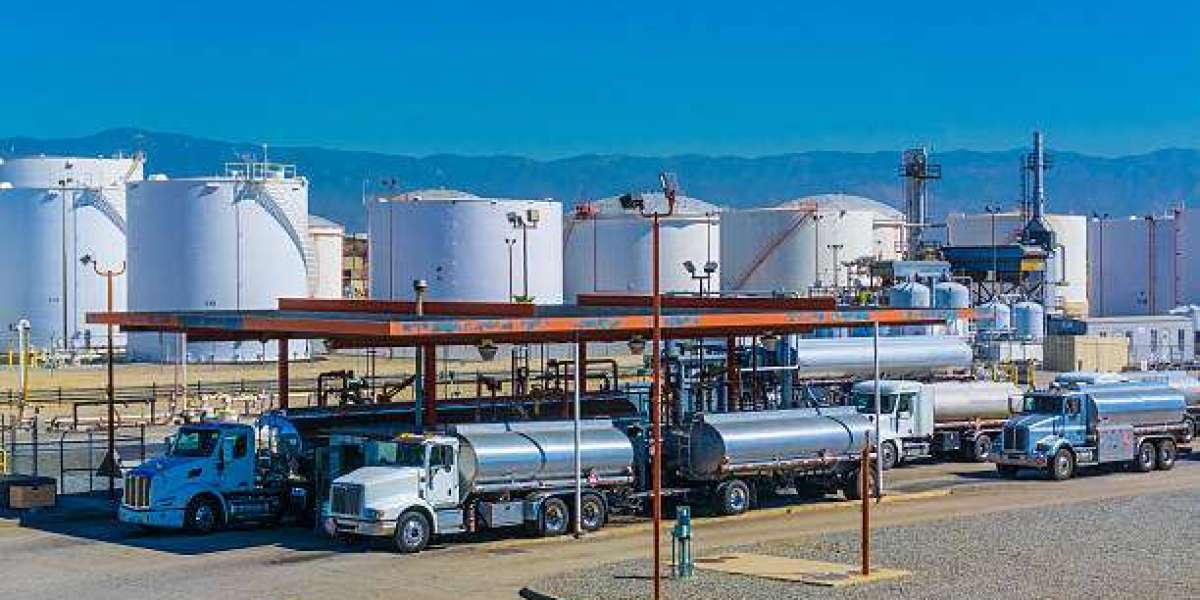Understanding the Oil Tank Truck
An oil tank truck is a heavy-duty vehicle designed to carry large amounts of fuel, oil, or other liquids. These trucks are built with strong tanks that prevent leaks and keep liquids stable while driving.
Because of the liquid cargo, the weight inside shifts while moving. This makes an oil tank truck harder to control compared to a regular truck. Drivers must always pay attention to balance, speed, and braking distance.
Why Safety Matters
Oil and fuel are flammable. A small mistake can lead to spills, fire, or even explosions. This is why oil tank truck operators follow strict safety rules. Safe operation protects the driver, the cargo, other drivers, and the environment.
Proper training, regular inspections, and smart driving habits can prevent most accidents. Safety also builds trust with customers and helps companies avoid costly problems.
Pre-Trip Inspection
Before every trip, the driver should inspect the oil tank truck. Here are the key steps:
- Check tires for proper pressure and wear.
- Look for leaks around valves, hoses, and the tank.
- Make sure safety equipment like fire extinguishers is in place.
- Confirm brakes, lights, and mirrors are working.
- Test emergency shut-off systems.
A careful inspection can spot small problems before they turn into serious issues on the road.
Loading and Unloading Oil
Handling fuel safely during loading and unloading is just as important as driving. Follow these steps:
- Park the oil tank truck on level ground.
- Use wheel chocks to prevent rolling.
- Wear safety gear like gloves and goggles.
- Connect hoses securely to prevent leaks.
- Never leave the truck unattended during transfer.
- Shut valves and double-check connections after unloading.
Spills during this stage are one of the biggest risks. A careful process helps prevent accidents.
Driving an Oil Tank Truck
Driving requires extra caution because of the moving liquid inside. Here are some key rules:
- Drive at safe speeds, especially on turns.
- Keep extra distance from other vehicles since stopping takes longer.
- Avoid sudden braking or sharp steering.
- Use lower gears when going downhill.
- Watch for road conditions like ice, rain, or sharp curves.
Remember that even a small mistake can cause the liquid to surge inside the tank, making the truck unstable.
Emergency Preparedness
Even with safety steps, emergencies can still happen. Every driver should be trained in what to do if something goes wrong.
- Spills: Use spill kits to contain leaks quickly.
- Fires: Use the onboard fire extinguisher immediately and call emergency services.
- Accidents: Shut down the engine, warn others, and follow company safety protocols.
Being prepared helps reduce the damage and keeps everyone safer.
Maintenance of Oil Tank Trucks
Oil tank trucks need regular service to stay safe. Maintenance includes:
- Cleaning the tank to remove residue.
- Checking hoses and valves for wear.
- Servicing brakes and suspension.
- Inspecting the pump system.
- Keeping records of all service and inspections.
Good maintenance ensures the truck is always ready and reduces the risk of breakdowns.
Training for Drivers
No one should operate an oil tank truck without proper training. Drivers need to know:
- How the truck works
- Safety rules for loading and unloading
- Emergency procedures
- Defensive driving skills
Continuous training keeps drivers updated on new safety standards and best practices.
Efficiency in Oil Tank Truck Operations
Safe driving also leads to efficiency. Trucks that are driven carefully save fuel, reduce wear, and last longer. Companies benefit from fewer accidents, lower insurance costs, and stronger reputations.
Efficiency doesn’t mean rushing—it means working smart, steady, and safe.
Final Thoughts
Operating an oil tank truck is not just about driving. It’s about safety, responsibility, and skill. From pre-trip checks to loading, driving, and unloading, every step matters.
By following simple safety rules and staying prepared, drivers can handle oil tank trucks with confidence. Safety and efficiency go hand in hand, protecting both people and business.
FAQs
Q: What is an oil tank truck used for?
A: An oil tank truck is used to transport fuel, oil, and other liquids safely from one location to another.
Q: Do you need special training to drive an oil tank truck?
A: Yes. Drivers need special licenses and safety training before they can operate an oil tank truck.
Q: How often should oil tank trucks be inspected?
A: They should be inspected before every trip, and undergo full maintenance checks regularly.
Q: What should you do if an oil spill happens?
A: Contain the spill quickly with proper equipment, alert emergency services, and follow safety protocols.
Q: Why is driving an oil tank truck different from a normal truck?
A: Because the liquid inside moves and shifts, making the truck harder to control. This requires extra caution while driving.



